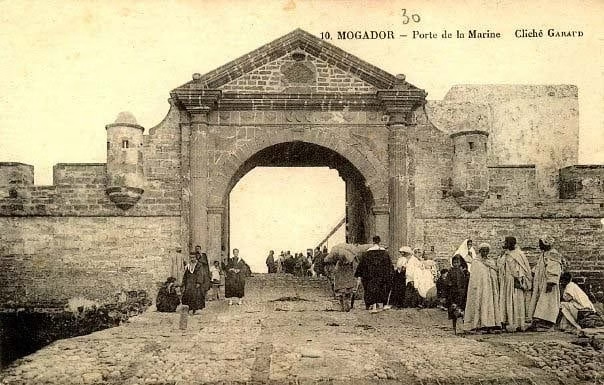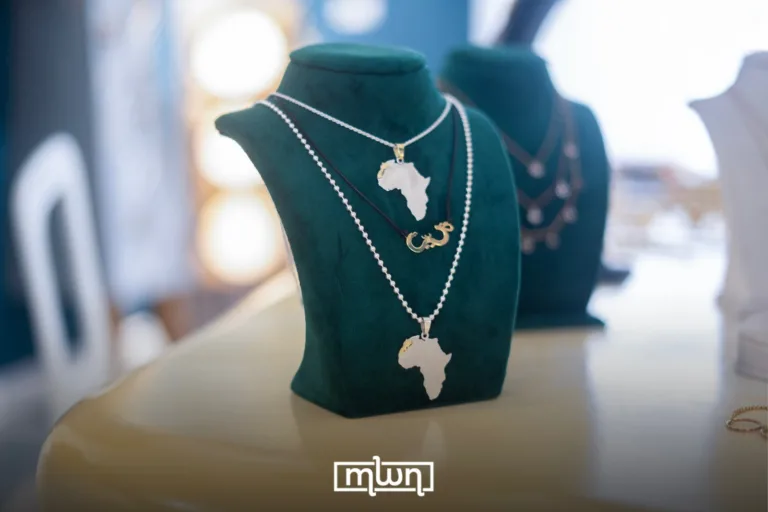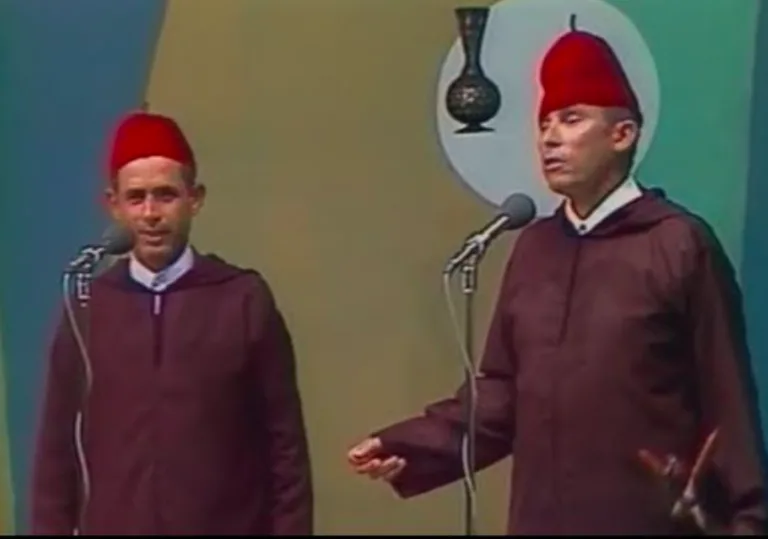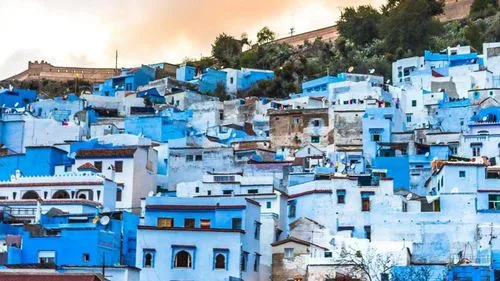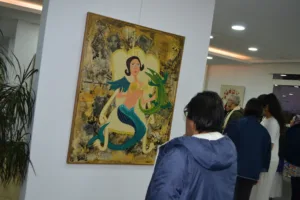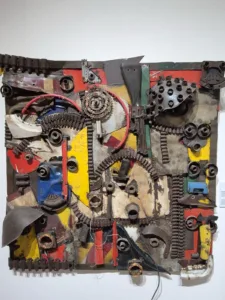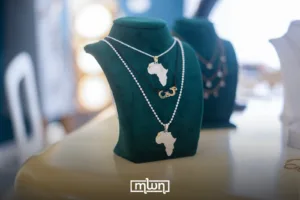Mina El Maghari’s new piece proves buildings can speak louder than documents, and offers a fresh perspective on history as a living entity.
Fez – Moroccan researcher Mina El Maghari has just released a stunning new book titled “Mogador–Essaouira: Excavations in a Unique Architectural Heritage”, published by Dar Abi Raqraq.
And no, it’s not your typical history lesson with dusty dates and royal family trees. This book tells the story of Essaouira through its walls, streets, arches, and curves, every stone a whisper from the past.
Instead of relying on traditional historical documents, El Maghari takes a bold and refreshing approach: she reads the city’s history through its architecture.
Essaouira, formerly known as Mogador, is not just a picturesque coastal town that tourists fall in love with.
It played a pioneering role in Morocco’s modern history, serving as a crossroads for cultures, ideas, and aesthetics.
And this book doesn’t just celebrate the beauty of its buildings, it reveals their meaning, their memory, and their message.
What makes El Maghari’s work so valuable is that it reclaims a space that’s been missing in historical research: architectural monographs.
These aren’t just coffee table books full of pretty pictures. They’re deep dives into how a place became itself, brick by brick.
Her book shows how Morocco’s artistic and architectural heritage isn’t just a backdrop for Instagram photos, it’s a living archive of everything the country has been through.
Even more interestingly, she challenges a long-held assumption in academic circles: that architecture and aesthetics are secondary to “serious” history.
But what if buildings can teach us just as much as books? El Maghari makes a compelling case that Morocco’s identity can’t be separated from its architecture, that the arches of Essaouira hold just as much historical weight as any document.
This book isn’t just about celebrating the past. It’s a quiet but firm response to the cultural erosion happening today.
As Moroccan cities increasingly lose their soul to concrete and copy-paste construction, El Maghari’s work reminds us what real beauty looks like, and what it stands for.
It’s a call to revalue heritage not just as something to preserve, but as something to understand.
“Mogador–Essaouira” offers something rare: perspective. Through her sensitive and deeply researched lens, El Maghari invites us to see the city not just with our eyes, but with our historical imagination.
And that’s the kind of vision Morocco needs right now.
Read also: How to Spend Summer in Morocco Without Melting (or Missing Out)

